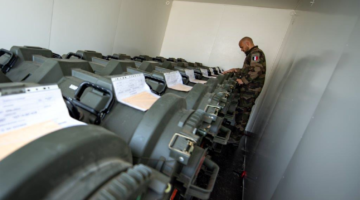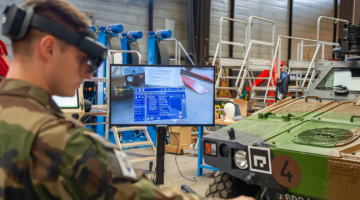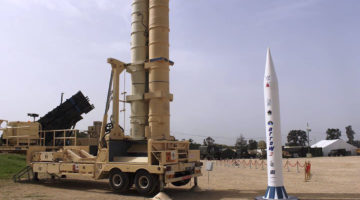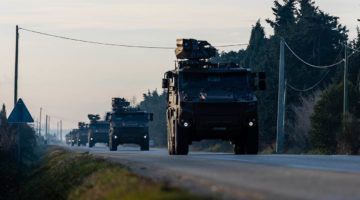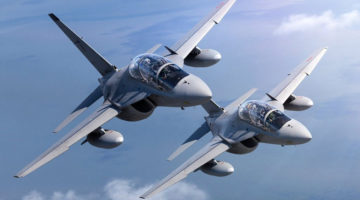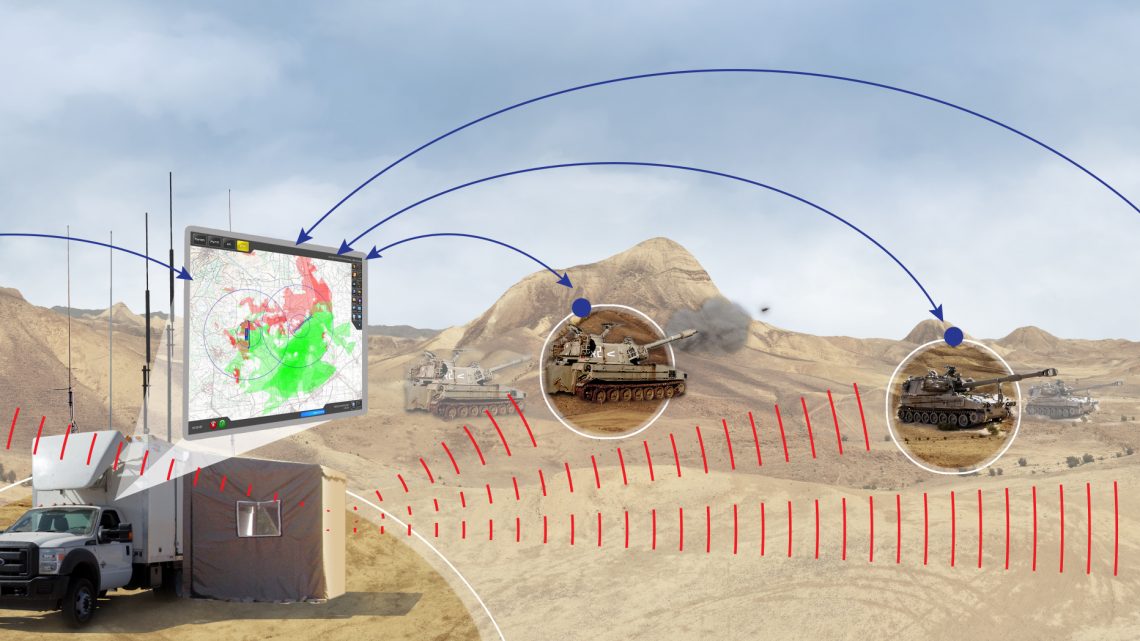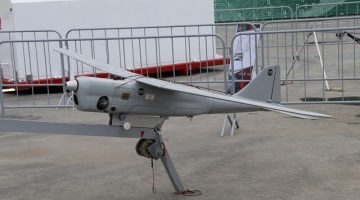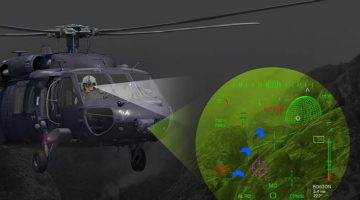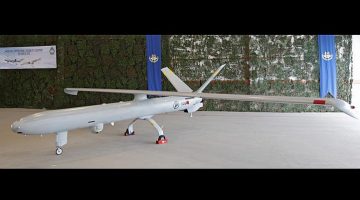Photo credit © Elbit Systems
The virtual-constructive Artillery Tactical Trainer (ATT) allows artillery forces to prepare for today’s and tomorrow’s battlefield challenges – both effectively and affordably.
Elbit Systems, a global leader in the areas of artillery systems and land training solutions has implemented its accumulated knowledge, experience and expertise in each of those areas to offer the Artillery Tactical Trainer (ATT) – a complete virtual-constructive and networked solution for force-on-force training of field artillery gun crews ranging from individual vehicles to multiple battalion formations.
The mobile simulator allows effective training of joint fire real-time decision making scenarios, anyplace and anytime, by connecting to the actual, operational C4I and communication backbone of real platforms and weapon systems.
ATT, which will soon be delivered to the Israel Defense Forces (IDF), has been designed and developed to meet the functional and operational training needs of modern military users. “It is the latest addition to our family of embedded, independent and appended simulation and training solutions for land warfare platforms,” said Alon Afik, VP Training and Simulation Business Line at Elbit Systems Aerospace Division. “We are honored that the IDF has once again chosen us to support its land forces’ training efforts.”
ATT incorporates a wide range of enemy and friendly Computer Generated Forces (CGF), as well as computer models of C4I systems, weapons, munitions and fire control units, that are all built into a portable easy-to-move training shelter, allowing real-time man-in-the-loop simulation of complex operational and tactical scenarios, and extensive After-Action Review (AAR). In addition, ATT seamlessly integrates with existing target acquisition and range determination systems, such as Elbit System’s battle-proven ATLAS LT and Unmanned Forward Observers (UFOs), such as Elbit Systems’ SKYLARK I LE – a specialized Unmanned Aerial Vehicle (UAV) for Intelligence, Surveillance and Reconnaissance (ISR) missions. All of these work together to create a high-fidelity, three-dimensional visual environment that can be deployed in almost any terrain.
According to Afik, ATT’s main advantages are twofold: “firstly, the virtual-constructive training system delivers a realistic and immersive simulation that reduces training costs to an absolute minimum, while enabling artillery crews, teams, batteries and regiments to significantly increase their operational readiness. Secondly, through its use of modular interfaces, gateways and datalinks, the ATT provides a highly-flexible and scalable solution that can easily be adapted or reconfigured to meet specific customer requirements and infrastructures. This is perhaps one of the most important considerations for modern armies as the technological capabilities of field artillery continue to evolve.”

